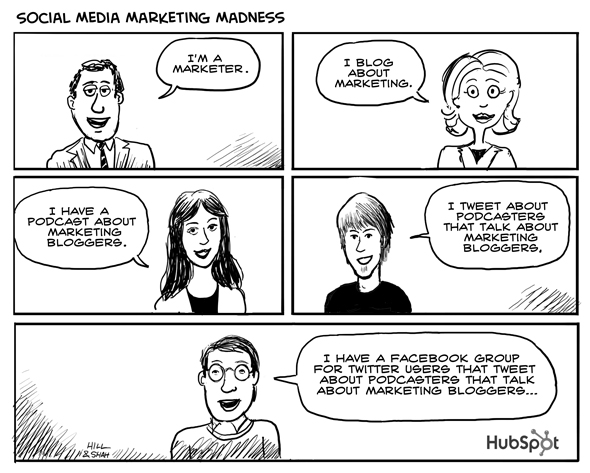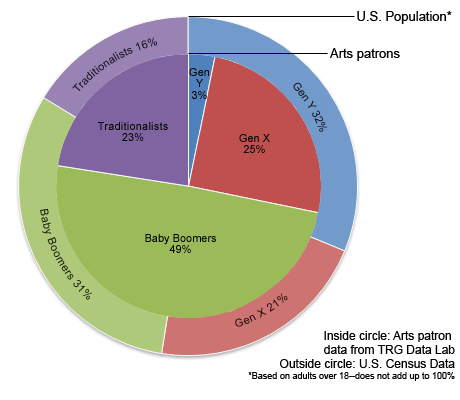
Mary R. Trudel
Monetizing Engagement: Taking Friends to the Bank?
Posted by Oct 02, 2012

Mary R. Trudel
 Mary Trudel
Mary Trudel
Everything we ever knew about the value of authentic engagement is louder, faster, and more challenging.
My partner, Rory MacPherson, and I spend a lot of time interviewing arts organizations about their use of social media to seek out best practices and learn from field exemplars. What I come away with after hundreds of interviews is that effective use of social media is building engagement on steroids!
The best organizations understand that your greatest assets are—to use a Facebook word—your friend relationships with audiences, visitors, fans, and patrons. You can mobilize these groups to help but you CANNOT make those friends in a crisis.
Friends are made on the frontlines through individual experiences that bring fans closer or push them away. We’ve noted 7 important elements of effective engagement which can solidify engagement and make social media mission critical for your fundraising:
- Make it Personal + Concrete + Time Sensitive
- Connect with Values and Value Connections
- Listen and Respond
- Answer the Audience’s Question: What’s in It for Me?
- Cultivate Productive Partnerships
- Measure What Matters
- Involve the Whole Organization
Two outstanding examples:
- Georgia Shakespeare was facing a perfect storm of funding, facing possible closure. The managing director made a personal appeal—not unusual—but what happened next was explosive and exponential. A New York actor who got his start at Georgia Shakespeare sent out a birthday wish—“Don’t buy me a beer for my birthday, donate the price of one to my theatrical ‘birthplace.’” And donations flowed in—$325,000 in 2 weeks from more than 1000 people across the U.S.
Read More


 David Dombrosky
David Dombrosky

 Adam Cunningham
Adam Cunningham


 Devra Thomas
Devra Thomas

 Amelia Northrup
Amelia Northrup








































